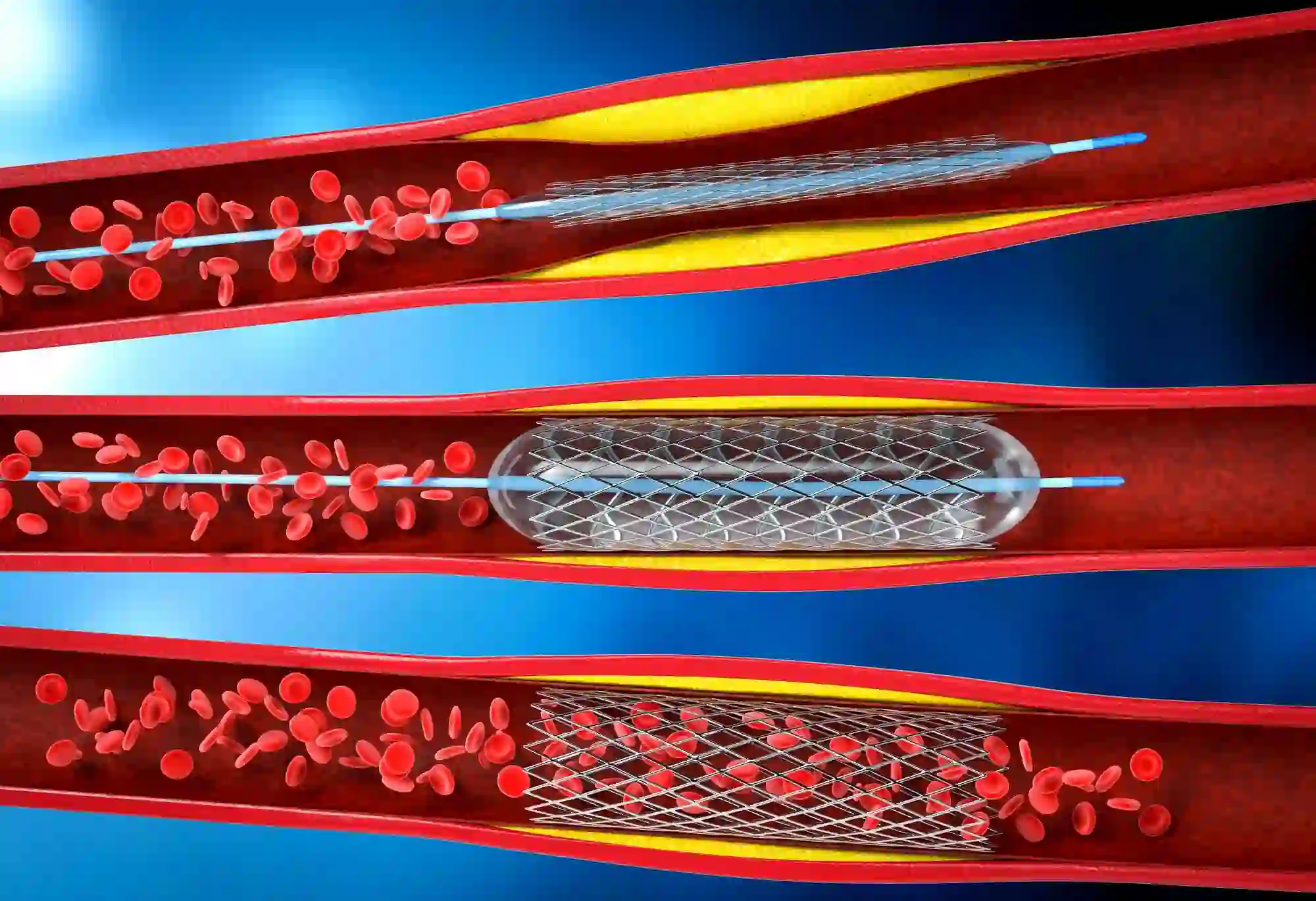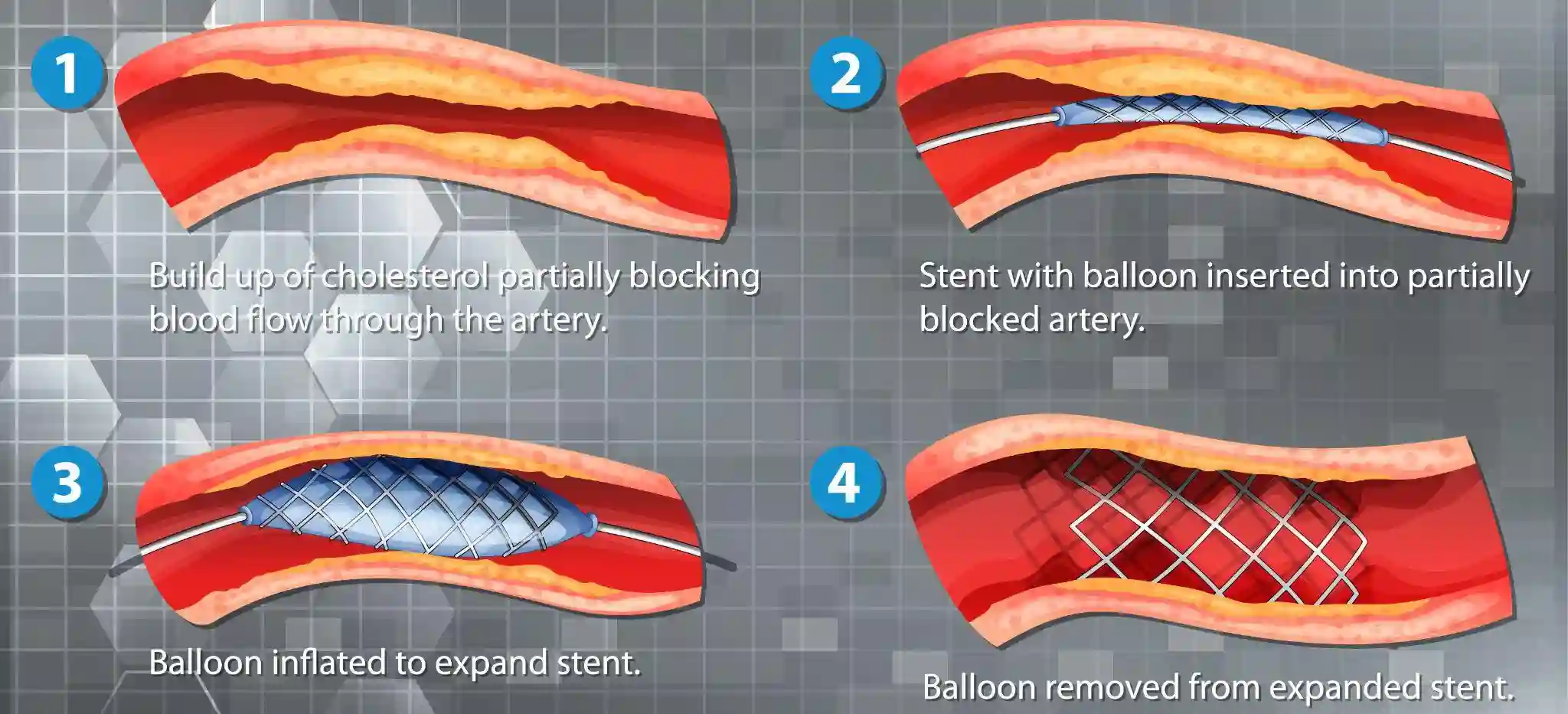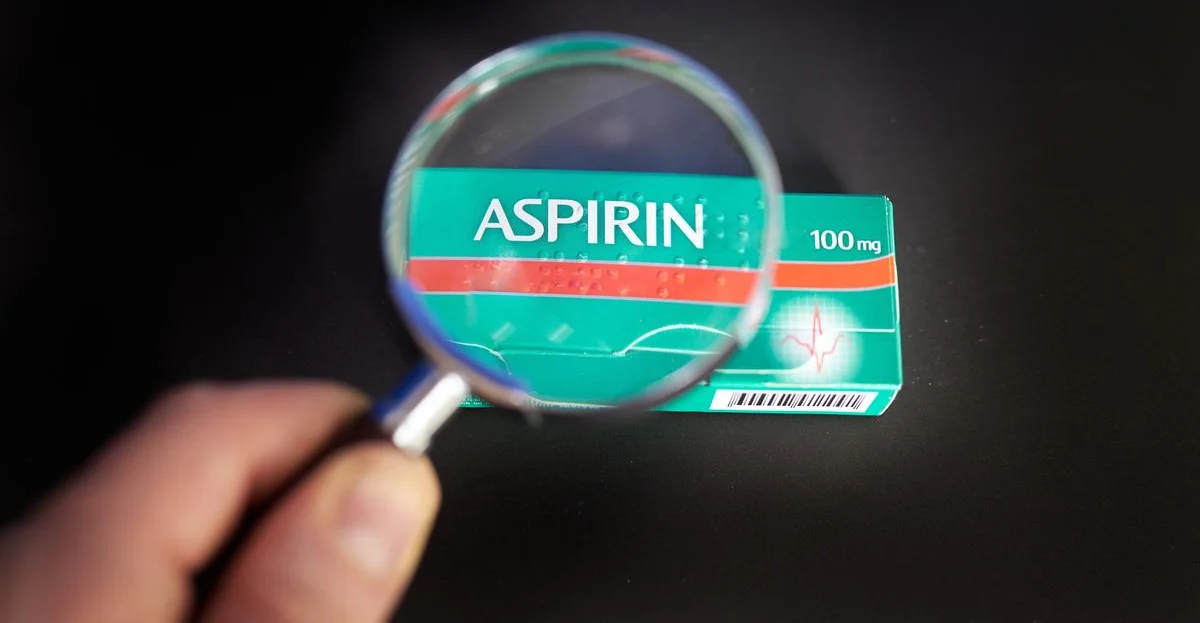Angioplasty
Angioplasty is a specialized medical treatment to open obstructed arteries and maintain proper blood flow. It is an important procedure to treat various conditions, such as Coronary Artery Disease, Angina, and Atherosclerosis.
During an Angioplasty, a thin tube called a Catheter is inserted into the patient's artery and then guided to the narrowed vessel or Blocked artery. A tiny balloon at the end of the tube is then inflated, widening the artery and improving blood flow.

But, Patients Always Ask about What is the difference Between Angiogram and Angioplasty? in the context of Cardiovascular treatment. An Angiogram acts as a Diagnostic tool, whereas Angioplasty serves as a therapeutic measure to alleviate blockages and improve Blood Circulation through the deployment of Stents.
Drugs may sometimes be released during angioplasty to help keep the vessel open. Depending on the patient's condition, additional treatments such as stenting or bypass surgery may be recommended after angioplasty. Although, Angioplasty compared to Bypass Surgery?"
Types of Angioplasty
There are two main types of Angioplasty: balloon angioplasty and stenting.
- Balloon angioplasty:
- Stenting:
It is the most commonly used type of angioplasty. It involves using a balloon-tipped catheter to widen an artery that has narrowed or blocked due to fatty deposits, plaque buildup, or other blockages.

The physician will insert the catheter through an artery in the arm or leg, guide it to the site of obstruction, and then inflate the balloon, which expands and pushes aside any blockage. Drugs may also be administered through this tube during inflation to keep the vessel open longer.
It is another form of angioplasty where a metal stent is inserted into an artery. The stent acts like a scaffold inside the artery, holding it open so that blood can flow freely. Stents can be permanent or drug-eluting, meaning they have drugs built into them that slowly release over time to prevent further blockages.
Are you a Heart patient in India looking to better Understand the cost of Angioplasty Stents? Your health should never take a Backseat. by concerns about the cost of stents in Angioplasty.
At our Cardiomet Clinic, we prioritize your well-being, offering competitive pricing for Angiography, Angioplasty treatment in Pune to ensure access to life-saving procedures.
How does the Cardiologist Decide the type of angioplasty performed?
When deciding which type of angioplasty to perform on a patient, cardiologists assess the condition of the patient's arteries and the overall health of their cardiovascular system.
The Cardiologist will look at factors such as the severity and location of Blockages in the artery and any other associated risk factors for arterial disease. Based on this assessment, the cardiologist will determine whether Balloon Angioplasty or stenting is most suitable for each patient.
“For example, Suppose several small blockages or areas appear prone to further narrowing. In that case, stenting may be chosen due to its ability to keep these areas Open and Reduce future risk of blockage.“
Alternatively, Balloon Angioplasty may be recommended if there is just a single area of narrowing or obstruction. Ultimately, it is up to the physician's discretion and expertise to determine which procedure would give the best outcome for each patient.
If you’ve been advised to undergo angioplasty surgery, no doubt you have many Questions about What to expect during Angioplasty Surgery?
Conditions treated with angioplasty
Angioplasty is a medical procedure that widens narrowed or blocked arteries to restore adequate blood flow. It has been used to treat various conditions, including coronary artery disease (CAD), peripheral vascular disease (PVD), and carotid artery stenosis.
For patients suffering from Coronary Artery Disease , angioplasty is often used to relieve symptoms caused by insufficient blood supply to the heart.
By widening the affected arteries, angioplasty allows more oxygen-rich blood to reach the heart muscle, improving performance and quality of life for those with this condition.Similarly, PVD and carotid artery stenosis can also be treated with angioplasty.
This technique can open up blocked or narrowed vessels to increase blood flow to limbs or other body areas affected by these restrictions. This improved circulation can help reduce associated pain and discomfort for a patient's PVD or carotid artery stenosis and improve their overall mobility and quality of life.
Don't Let your heart's Potential be limited. Explore the Different types of Stents available for Angioplasty and find the Right one that can unlock a world of possibilities for your health. Consult an experienced Angioplasty surgeon in Pune today and embrace a future filled with renewed vitality.
Preparation
Before undergoing an angioplasty procedure, patients should speak with their doctor about any medications they are taking or allergies they may have.
Some medications, such as Blood thinners and non-steroidal anti-inflammatories (NSAIDs), must be stopped before the procedure. Patients should also inform their doctor of any herbal supplements and vitamins they may take.

Regarding diet, patients must avoid eating or drinking anything after midnight on the day before their angioplasty procedure. They must also stay well hydrated by drinking clear fluids in the days leading up to the procedure.
During the angioplasty procedure, patients can expect to be sedated yet still Conscious enough to follow instructions from the doctors and nurses throughout.
For individuals seeking Angioplasty Specialists in Pune, anticipate a procedure duration of 1 to 3 hours, with the time varying based on the complexity of the case. At Cardiomet Clinic, postoperative care prioritizes patients' safety, featuring meticulous observation to promptly address any complications and facilitate optimal recovery.
Procedure
The angioplasty Procedure begins with a small incision in the patient's groin or arm. A catheter will then be inserted into this incision and guided through the arteries to the site of narrowing.
Once at the target area, a balloon at the end of the catheter will be inflated to widen the affected artery. This can help restore normal blood flow and improve circulation throughout the body.
Sometimes, a stent may also be used during Angioplasty to reinforce weak arterial walls. A stent is an expandable tube placed inside a narrowed artery to provide additional support and keep it open so that blood can flow freely.
Patients should not experience any pain or discomfort during the procedure as they are sedated throughout. However, they may feel pressure when the Balloon is inflated or the stent is deployed, but this should not last too long. Additionally, the doctor will monitor images from an X-ray machine to ensure that everything is going according to plan.
Recovery
After undergoing an angioplasty procedure, patients can typically expect to stay in the hospital for 1-4 days, depending on any complications that may arise. During this time, they may be given medications such as antiplatelet drugs or anticoagulants to Prevent blood clots from forming.
After being discharged from the hospital, patients should avoid strenuous activities and refrain from lifting heavy objects for several weeks. However, light exercise is still recommended to help recover and improve circulation. The doctor may also recommend taking pain relief medications such as ibuprofen or acetaminophen if necessary.
Patients must take regular breaks while doing activities and practice relaxation techniques such as deep breathing or guided meditation whenever they experience discomfort or pain in their chest during recovery. Patients should also stay hydrated by drinking plenty of fluids throughout the day to aid the healing process.
Risks and Complications
During any medical procedure, some several potential risks and complications can arise. In the case of angioplasty, these include Bleeding from the site of insertion, infection at the site of incision or in the arteries, allergic reaction to the contrast dye used during imaging tests, or damage caused to other organs due to unintended blockage.
Fortunately, these risks can be minimized by strictly following your doctor's pre-procedure and post-procedure instructions. This includes avoiding certain medications such as Aspirin or warfarin before the procedure as they may increase bleeding risk and taking any prescribed antibiotics after the procedure as they can help prevent infections.

If complications arise during or after an angioplasty procedure, patients should Contact their Doctor Immediately for assessment and further treatment if necessary.
Follow-up care
Follow-up care after angioplasty ensures the best possible outcomes and minimizes potential complications. During follow-up appointments, your cardiologist will assess your progress and consistency with prescribed medications or lifestyle changes.
Any changes in medication or lifestyle habits will be based on their assessment of your symptoms and potential risks. These may include changes in diet, exercising regularly, quitting smoking if applicable, and avoiding high-cholesterol foods or food rich in saturated fats.
Patients may also need physical therapy or rehabilitation exercises to strengthen the heart muscles, manage pain associated with the procedure, and regain mobility. Patients must follow all their doctor's instructions during these appointments to ensure a full recovery without any setbacks.
In conclusion,
Angioplasty is a medical procedure that unblocks or widens coronary arteries, allowing the heart to receive more oxygen-rich blood. While it provides many benefits to those suffering from cardiovascular disease, there are potential risks and complications associated with the procedure that should be considered.
It is also important for patients to follow up with their doctor after the procedure to ensure optimal outcomes and minimize any potential complications.If you are suffering from cardiovascular disease and think you may benefit from angioplasty, it is important that you speak with your doctor to explore all options available.


